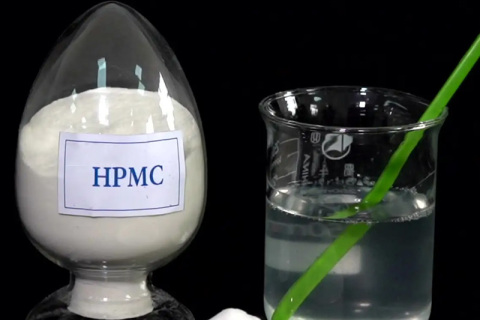
- Home
- >
News
Building materials: HPMC can be used as an additive for building materials, such as mortar, gypsum board, ceramic tile adhesive, etc. It can improve the adhesion, ductility, and water resistance of materials. Wall coatings: HPMC can be used as a thickener and humectant for wall coatings, improving their viscosity, leveling, and adhesion.
External wall insulation is composed of polymer mortar, glass fiber mesh cloth, flame-retardant molded polystyrene foam board (EPS) or extruded board (XPS) and other materials, which are bonded on site
Method and selection of using hydroxypropyl methyl cellulose (HPMC) in different application scenarios. For concrete putty powder, choose HPMC with a viscosity of 100000 and mix it directly with dry powder in a ratio of 3/1000. When using, add water directly because the cellulose has been completely mixed with the putty powder and there will be no agglomeration phenomenon. For the preparation of building adhesives, choose cold water soluble cellulose with a viscosity of 200000 and adjust the dosage as needed. HPMC gradually shows consistency after being placed in water, reaching its maximum consistency within approximately ten minutes. For spraying applications, choose cold water instant HPMC, with a shorter initial viscosity time as long as it does not clump.
Hydroxypropyl Methyl Cellulose) is a water-soluble polymer compound commonly used in construction materials, medicine, food, cosmetics and other fields. Here are some details about the use of HPMC
Hydroxypropyl methyl cellulose can be used as a part of the detergent, such as the formula (mass fraction) is: 5%~60% water soluble surfactant, 0.01%~10%HPC, 0~10% water soluble polyols, 0.01%~5% cationic polymeric skin conditioner and water. The product showed good performance, including gentleness, skin humidification, desirable rheology and application characteristics, good rinsing and product stability.
Chemspec Europe 2023 With a highly specialised profile, Chemspec Europe is a key event for the fine and speciality chemicals industry.
Hydroxypropyl methyl cellulose has a wide range of uses in our daily life. It not only plays an obvious role in construction, but also occupies a great position in the paint industry. Let's look at hydroxypropyl methyl cellulose. It has four characteristics:












